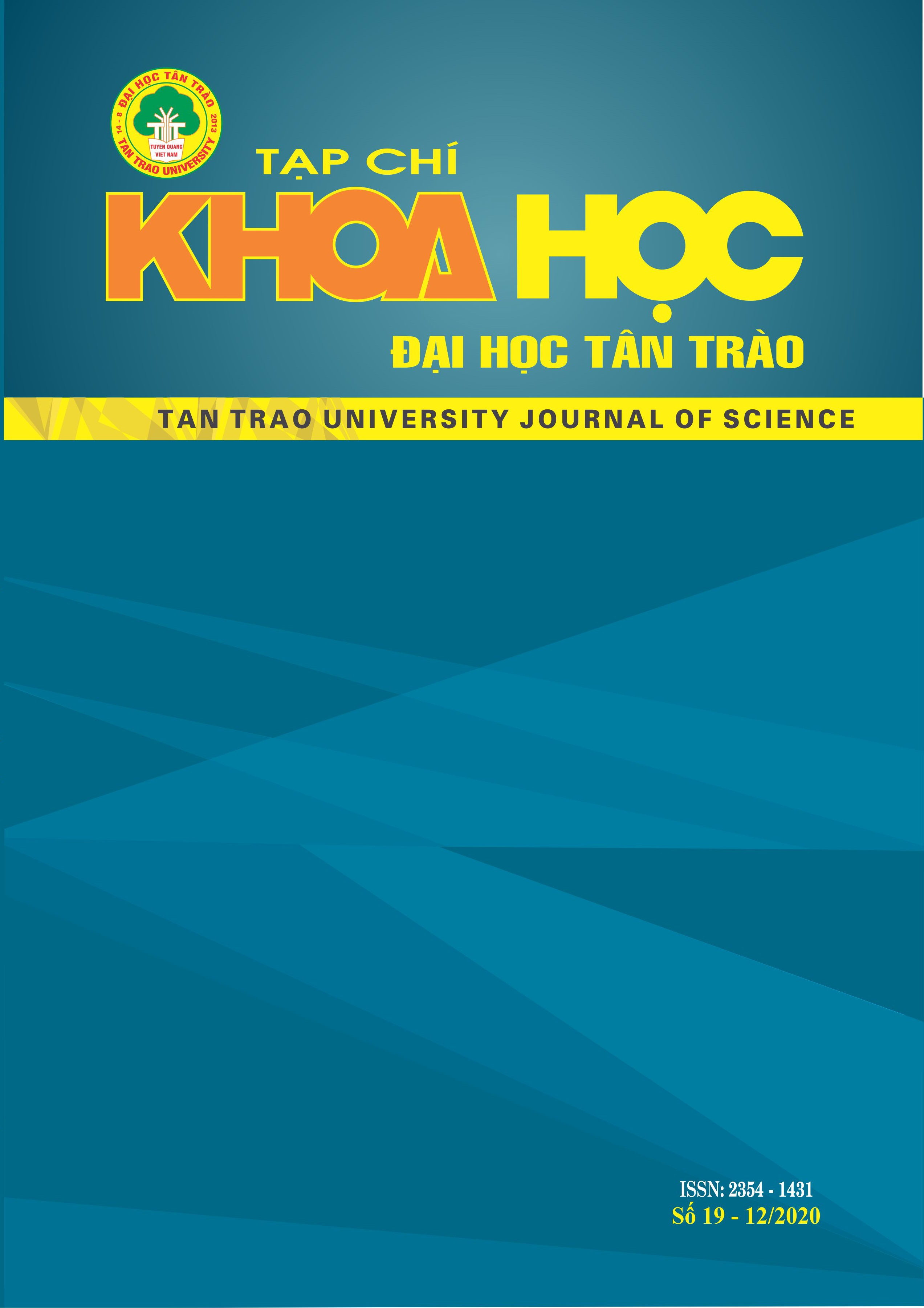DISCUSSION ON LOG - BASED OPERATORS FOR REAL-TIME TEXT DETECTION
DOI:
https://doi.org/10.51453/2354-1431/2020/426Keywords:
Text detection, LoG operator, stroke model, almost-Gaussian.Abstract
In this paper methods for real-time text detection in camera-based images are presented, having a particular focus on the Laplacian of Gaussian (LoG) operators. These methods are discussed with a specific focus on the aspects of computational complexity and robustness. Some illustrative results and baseline experiments are given to characterize the methods. Moreover, we provide comments on the improvements of the methods to the text detection problem.
Downloads
References
[1] Q. Ye and D. Doermann, "A survey Text detection and recognition in imagery," PAMI, vol. 37.7, pp. 1480-1500, 2015.
[2] R. Gomez and B. Shi, "ICDAR2017 robust reading challenge on COCO-Text," ICDAR, pp. 1435-1443, 2017.
[3] H. Yang and C. Wang, "An Improved System For Real-Time Scene Text Recognition," Proc. Mul., pp. 657-660, 2015.
[4] X. Girones and C. Julia, "Real-Time Text Localization in Natural Scene Images Using a Linear Spatial Filter," ICDAR, pp. 1261-1268, 2017.
[5] S. Deshpande and R. Shriram, "Real time text detection and recognition on hand held objects to assist blind people," Proc. Dyn. Opt. Tech, pp. 1020-1024, 2016.
[6] B. Epshtein, E. Ofek and Y. Wexler, "Detecting text in natural scenes with stroke width transform," CVPR, pp. 2963-2970, 2010.
[7] L. Neumann and J. Matas, "Real-time scene text localization and regconition," CVPR, pp. 3538-3545, 2012.
[8] L. Neumann and J. Matas, "Scene text localization and regconition with oriented stroke detection," ICCV, pp. 97-104, 2013.
[9] L. Gomez and D. Karatzas, "MSER-based real-time text detection and tracking," in ICPR, 2014.
[10] Y. Liu, D. Zhang, Y. Zhang and S. Lin, "Real-time scene text detection based on stroke model," ICPR, pp. 3116-3120, 2014.
[11] J. Matas and L. Neumann, "Real-time lexicon-free scene text localization and recognition," PAMI, vol. 38.9, pp. 1872-1885, 2016.
[12] D. Nguyen, M. Delalandre, D. Conte and T. Pham, "Perfor- mance evaluation of real-time and scale-invariant LoG operators for text detection.," VISAPP, pp. 344-353, 2019.
[13] V. Fragoso, G. Srivastava, A. Nagar, Z. Li, K. Park and M. Turk, "Cascade of Box (CABOX) Filters for Optimal Scale Space Approximation," CVPR, pp. 126-131.
[14] D. Nguyen, M. Delalandre, D. Conte and T. Pham, "Fast RT‐LoG operator for scene text detection," JRTIP, 2020.
[15] H. Kong, H. Akakin and S. Sarma, "A generalized Laplacian of Gaussian filter for blob detection and its applications," Cyber, vol. 43.6, pp. 1719-1733, 2013.
[16] N. Makhfi and O. Bannay, "Scale-space approach for character segmentation in scanned images of arabic document. J. . : 444 (2016)," Theo. App. Infor. Tech, vol. 94.2, 2016.
[17] R. Young, "Gaussian derivative theory of spatial vision: analysis of cortical cell receptive field line-weighting profiles," Motors Research Laboratories, 1985.
[18] W. Ma and M. B.S., "EdgeFlow: a technique for boundary detection and image segmentation," TIP, vol. 9.8, pp. 1375-1388, 2000.
[19] P. Kovesi, "Fast almost-gaussian filtering," Dig. Ima. Comp. Tech, pp. 21-125, 2010.
[20] M. Grabner, H. Grabner and H. Bischof, "Fast approximated SIFT," ACCV, pp. 918-927, 2006.
[21] D. Sen and S. Pal, "Gradient histogram: Thresholding in a region of interest for edge detection," IVC, vol. 28.4, pp. 677-695, 2010.
Downloads
Published
How to Cite
Issue
Section
License

This work is licensed under a Creative Commons Attribution-ShareAlike 4.0 International License.
All articles published in SJTTU are licensed under a Creative Commons Attribution-ShareAlike 4.0 International (CC BY-SA) license. This means anyone is free to copy, transform, or redistribute articles for any lawful purpose in any medium, provided they give appropriate attribution to the original author(s) and SJTTU, link to the license, indicate if changes were made, and redistribute any derivative work under the same license.
Copyright on articles is retained by the respective author(s), without restrictions. A non-exclusive license is granted to SJTTU to publish the article and identify itself as its original publisher, along with the commercial right to include the article in a hardcopy issue for sale to libraries and individuals.
Although the conditions of the CC BY-SA license don't apply to authors (as the copyright holder of your article, you have no restrictions on your rights), by submitting to SJTTU, authors recognize the rights of readers, and must grant any third party the right to use their article to the extent provided by the license.





